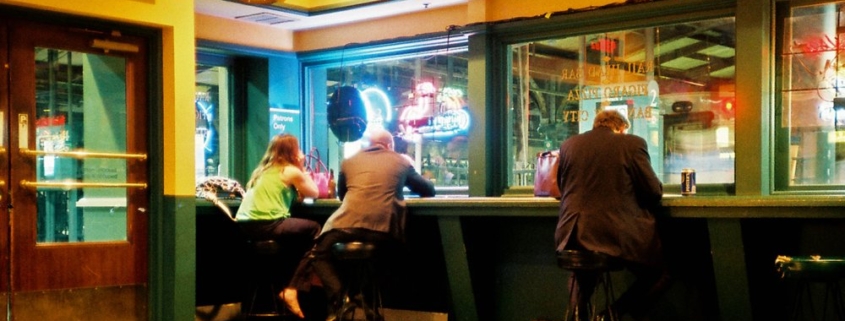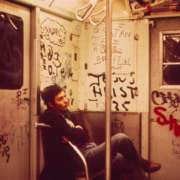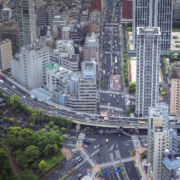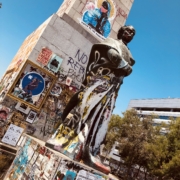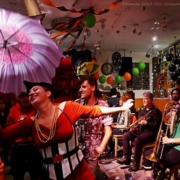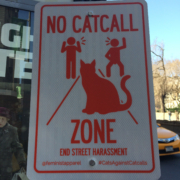Train station bars and social connections
In addition to ticket counters, bag storage rooms, waiting areas, restrooms, newsstand stores, and platforms, almost every big city train station in the United States has one or more bars.
With big screen televisions playing live sports games, the murmur of peoples conversation, the occasional sound of glasses clinking, and ranging in size and shabbiness, besides providing rent to the station, their major purpose is to make a profit for their owners.
But train station bars also offer more than a return on investment, a place where someone can buy a drink, and a source of employment for the people who work there.
One of the less acknowledged positive aspects of train station bars is that they can also provide a welcoming nonthreatening venue for informal social interaction, regardless how superficial it is.
How so? People who live nearby or passing through (i.e., commuters), may find train station bars to be a temporary refuge from the demands of their job, homelife, and other pressing obligations. These places provide opportunities for patrons to talk with and interact with strangers (from street people to lawyers, to tourists, students), someone different from themselves, their coworkers, bosses, etc.
For some, train station bars help to dull the pain of loneliness that’s so prevalent in American society these days, a situation that has been exacerbated by the COVID crisis when many people were forced or chose to physically isolate themselves for long periods of time.
These venues can enable customers the chance to decompress and to share or hear a story, or an opinion sometimes different then their own, one which is offered by a fellow patron in a face-to-face setting before they embark or continue their commute, trip, vacation, or journey home or on to the next obligation. These types of interactions may also serve as a reality check, a method to ground people who may be lost in their own thoughts.
Unlike neighborhood and corner bars, the clientele of train station bars is typically transient in nature. Although some of the customers are regulars, many of the people who frequent the bar will never visit it again, or not for a long time.
Although the goal is not to make long term friends, like a conversation that you may have with a fellow passenger on a bus or plane, the relationship forged at the bar exists in the here and now. And the interaction may be satisfying for both people.
The bar may be a place to kill time before a train arrives or departs. In addition to catching a drink and engaging in conversation, patrons may be checking their smart phones or watching a live feed to see what time it is and when their train is arriving or departing. Instead of kicking themselves for coming too early or pissed that they need to wait around because a train is delayed, the bar often seems like a better option, a temporary distraction and an opportunity to make a connection with another human being.
More opportunities for interaction with different people is a good thing. It forces us out of our shell and helps to combat loneliness. And if train station bars can serve in this capacity then they are a good and welcome venue in our often crowded and confusing urban environment.
Photo Credit
Photographer: Andrew Sutcliffe
Title: Late train from Hoboken

